SATCAT no. 41240 | COSPAR ID 2016-002A Launch date 17 January 2016 | |
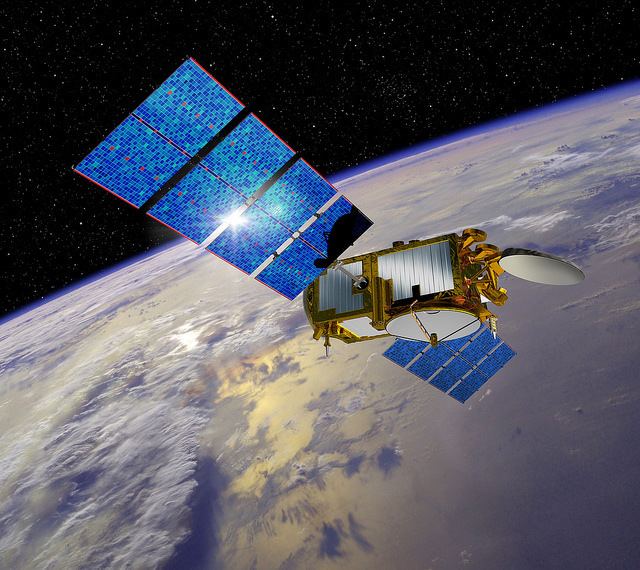 | ||
Similar Ocean Surface T, Jason‑1, SES‑9, JCSAT‑2B, SARAL | ||
The science of jason 3
Jason-3 is an international Earth observation satellite mission that continues the ocean surface height measurements begun in 1992 by the TOPEX/Poseidon mission, followed by Jason-1 launched in 2001 and Jason-2 in 2008.
Contents
- The science of jason 3
- Jason 3 hosted webcast
- Science objectives
- Spacecraft
- Instruments
- Launch
- Post mission landing test
- References
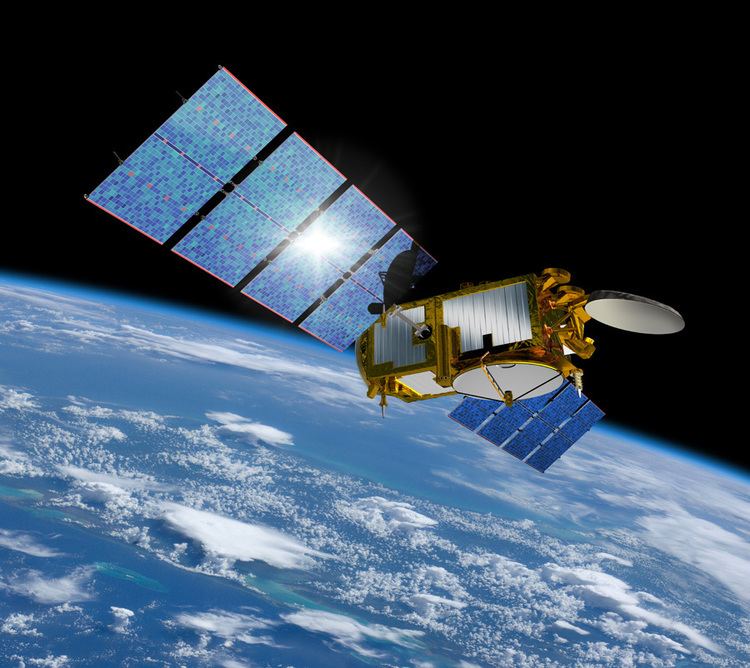
Jason-3 is the result of a four-agency international partnership consisting of NOAA, NASA, the French Space Agency CNES (Centre National d’Etudes Spatiales), and EUMETSAT (the European Organization for the Exploitation of Meteorological Satellites). The spacecraft was built by Thales Alenia Space and launched by SpaceX on the 21st Falcon 9 flight.
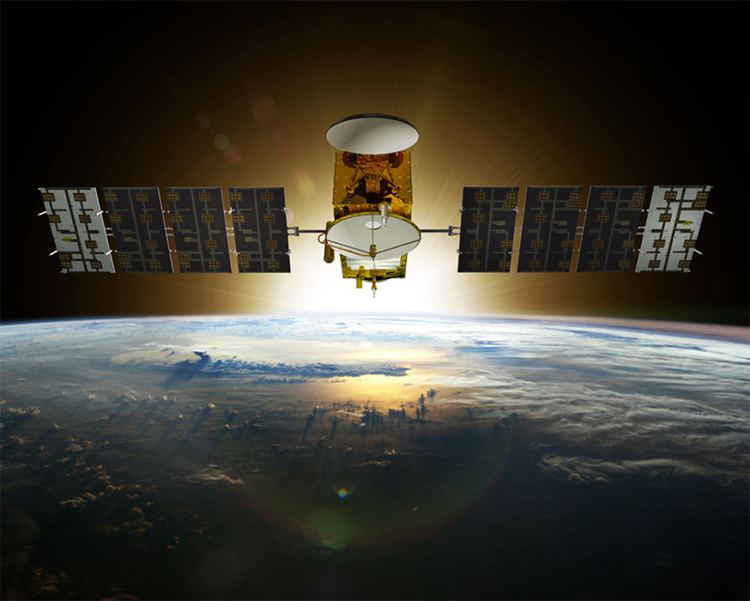
Jason 3 hosted webcast
Science objectives
The science objectives for Jason-3 are:
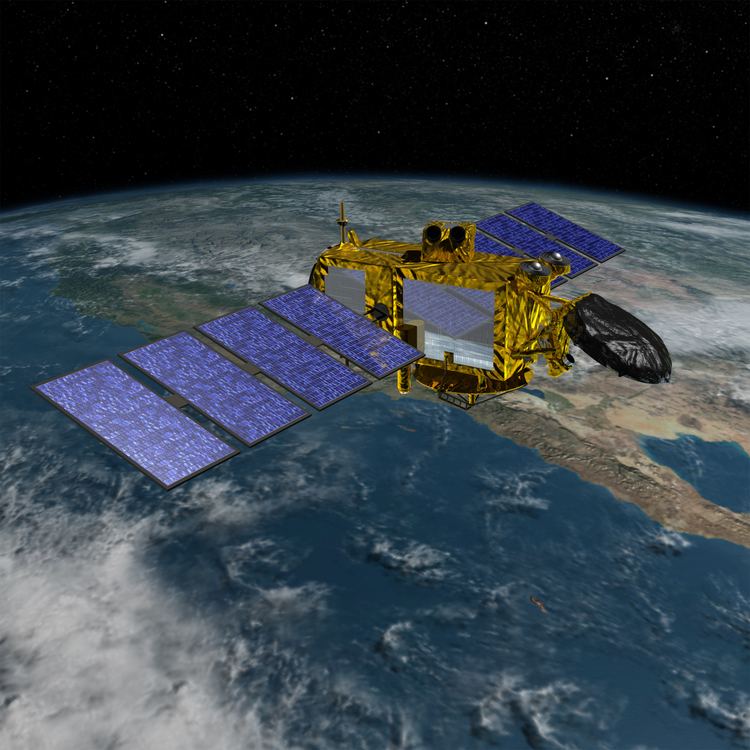
Spacecraft
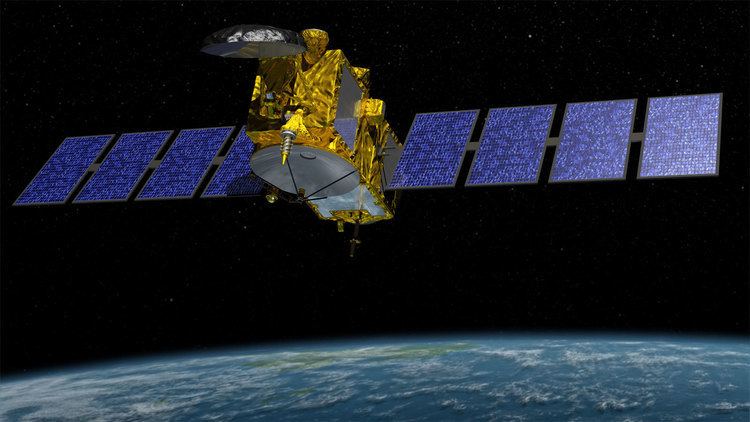
The satellite was built around a Proteus satellite bus by Thales Alenia Space under contract from CNES. A pair of deployable, tracking solar arrays supply a total of 580 watts of power. Four hydrazine monopropellant thrusters are used for orbital maneuvering. Attitude control is provided by reaction wheels, with magnetorquers used to periodically despin the wheels. Jason-3 weighed about 553 kg (1,219 lb) at launch, with a dry mass of 525 kg (1,157 lb).
Instruments
Jason-3 carries five main instruments. The primary instrument is the Poseidon-3B Altimeter, which is derived from the Poseidon-3 carried on Jason-2. The other main instruments are Doppler Orbitography and Radiopositioning Integrated by Satellite (DORIS), Advanced Microwave Radiometer-2 (AMR-2), Global Positioning System Payload (GPSP), and Laser Retroreflector Array (LRA). Two additional "passenger instruments" are carried as part of the Joint Radiation Experiment. These are CARMEN-3 (Characterization and Modeling of Environment), which measures charged particle flux, and Light Particle Telescope (LPT), which measures radiation and charged particles.
Launch
Appearing on the SpaceX manifest as early as July 2013, Jason-3 was originally scheduled for launch on July 22, 2015. However, this date was pushed back to August 19 following the discovery of contamination in one of the satellite's thrusters, requiring the thruster to be replaced and further inspected. The launch was further delayed by several months due to the loss of a Falcon 9 rocket with the CRS-7 mission on June 28.
After SpaceX conducted their return-to-flight mission in December 2015 with the upgraded Falcon 9 Full Thrust, Jason-3 was assigned to the final previous-generation Falcon 9 v1.1 rocket, although some parts of the rocket body had been reworked following the findings of the failure investigation.
A 7-second static fire test of the rocket was completed on January 11, 2016. The Launch Readiness Review was signed off by all parties on January 15, 2016, and the launch proceeded successfully on January 17, 2016, at 18:42 UTC. The Jason-3 payload was deployed into its target orbit at 830 miles (1,336 km) altitude after an orbital insertion burn about 56 minutes into the flight. It was the 21st Falcon 9 flight overall and the second into a high-inclination orbit from Vandenberg Air Force Base Space Launch Complex 4E in California.
Post-mission landing test
Following paperwork filed with US regulatory authorities in 2015, SpaceX confirmed in January 2016 that they would attempt a controlled-descent flight test and vertical landing of the rocket's first stage on their west-coast floating platform Just Read the Instructions, located about 200 miles (320 km) out in the Pacific Ocean.
This attempt followed the first successful landing and booster recovery on the previous launch in December 2015. The controlled descent through the atmosphere and landing attempt for each booster is an arrangement that is not used on other orbital launch vehicles.
Approximately nine minutes into the flight, the live video feed from the drone ship went down due to the losing its lock on the uplink satellite. Elon Musk later reported that the first stage did touch down smoothly on the ship, but a lockout on one of the four landing legs failed to latch, so that the booster fell over and was destroyed.
Debris from the fire, including several rocket engines attached to the octaweb assembly, arrived back to shore on board the floating landing platform on January 18, 2016.
